A group of researchers from Russia’s Saint Petersburg Mining University and Shiraz University in Iran has conducted an extensive overview of the bifacial solar module parameters from 236 producers from 39 countries in an effort to create a basis for decision-making when it comes to choosing products for bifacial PV projects.
“In 2022, we published a large-scale analysis of all existing traditional monofacial PV panels,” the research’s corresponding author, V.V. Starshaia, told pv magazine, noting that the new research on bifacial products was intended to fill a gap in the scientific literature. “Bifacial solar module testing of the specific manufacturer does not allow for a critical assessment of all existing panels in terms of selecting the optimal ones depending on their planned application.”
In the study “Analysis of specifications of bifacial photovoltaic panels,” published in Renewable and Sustainable Energy Reviews, the research group listed all the manufacturers involved and presented summarized data coming from the technical specifications of 842 bifacial module products.
The analysis included modules produced before the first quarter of 2025 and considered the highest or the lowest values, as well as the median values of the product specifications. The modules were based on TOPCon, PERC, heterojunction (HJT) or back-contact (BC) cell technologies.
The researchers created a database including general information about each manufacturer, as well as all the modules’ operating, design and electrical parameters. Bifacial gain, bifacial ratio, and bifaciality were the three main parameters used to assess the panels’ potential performance.
Other important parameters were еfficiency, temperature coefficient of maximum power, temperature coefficient of the open-circuit voltage and short-circuit current, voltage and current at the point of maximum power, fill factor, open-circuit voltage coefficient and short-circuit current coefficient, mass per power, square per power, number of cells, guaranteed power, product warranty and lifetime.
The database processing led to the selection of 499 modules based on the criterion of availability of complete information. Of the modules, 215 came from China, 74 from Europe, 50 from India, 41 from Eastern Asia, 40 from North America, 23 from Western Asia, 19 from South East Asia, 13 from Russia, 9 from Oceania, 8 from South America, and 7 from Africa. In terms of cell technology, 256 were based on PERC design, 148 on TOPCon, 78 on HJT, and 14 on BC and other technologies.
“Based on the analysis of electrical, weight, dimensions and operational median parameters, we found that the most effective are the HJT and BC panels,” said Starshaia, which somehow dismantles the common belief that TOPCon modules have the best performance in terms of bifacial values. “We looked in the context of the best value, either the highest for a parameter with a directly proportional dependence for power or the lowest with an inversely proportional dependence.”
She also noted that TOPCon and HJT have the same temperature stability, with TOPCon products being slightly lighter and having a longer service life. “But if we speak about bifaciality factor, fill factor, voltage, current, efficiency, temperature coefficient of short-circuit current and temperature coefficient of open-circuit voltage, HJT modules have higher values,” she stated. “In other parameters, HJT also turned out to be slightly better.”
The database is also described as a “theoretical guide and empirical basis” for developing new algorithms for selecting solar module products and designing bifacial PV systems.
“An in-depth study of the results obtained will allow all interested parties to quickly and intuitively evaluate the technical parameters of a particular bifacial panel in comparison with existing PV panels on the market,” the paper notes. “This can significantly simplify predictive modeling and also allow us to identify the most promising areas for the development of photovoltaics and solar energy in general.”
This content is protected by copyright and may not be reused. If you want to cooperate with us and would like to reuse some of our content, please contact: editors@pv-magazine.com.
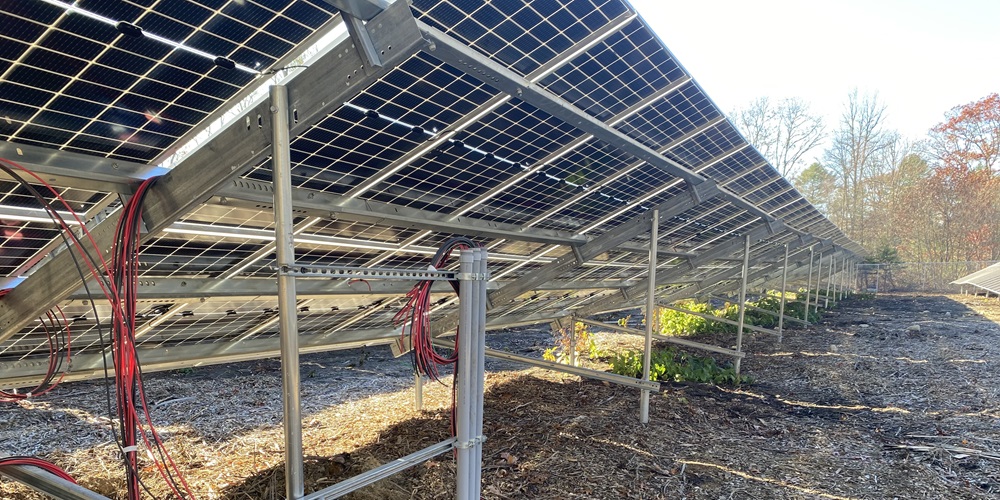
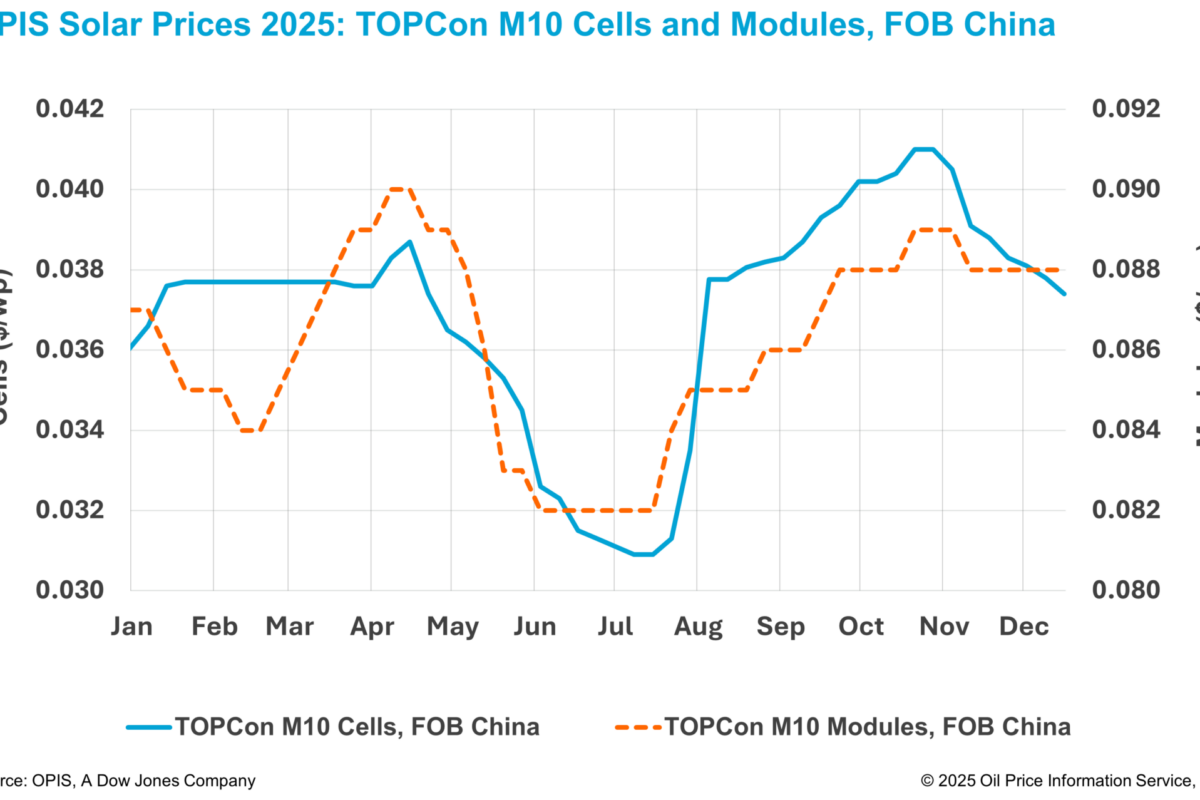




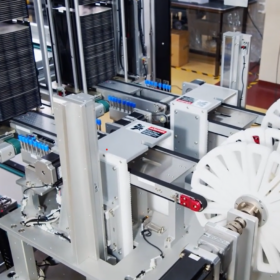
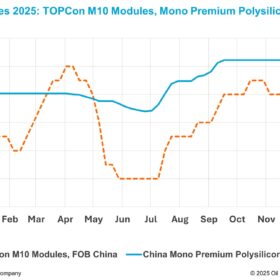
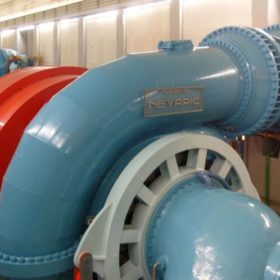
By submitting this form you agree to pv magazine using your data for the purposes of publishing your comment.
Your personal data will only be disclosed or otherwise transmitted to third parties for the purposes of spam filtering or if this is necessary for technical maintenance of the website. Any other transfer to third parties will not take place unless this is justified on the basis of applicable data protection regulations or if pv magazine is legally obliged to do so.
You may revoke this consent at any time with effect for the future, in which case your personal data will be deleted immediately. Otherwise, your data will be deleted if pv magazine has processed your request or the purpose of data storage is fulfilled.
Further information on data privacy can be found in our Data Protection Policy.